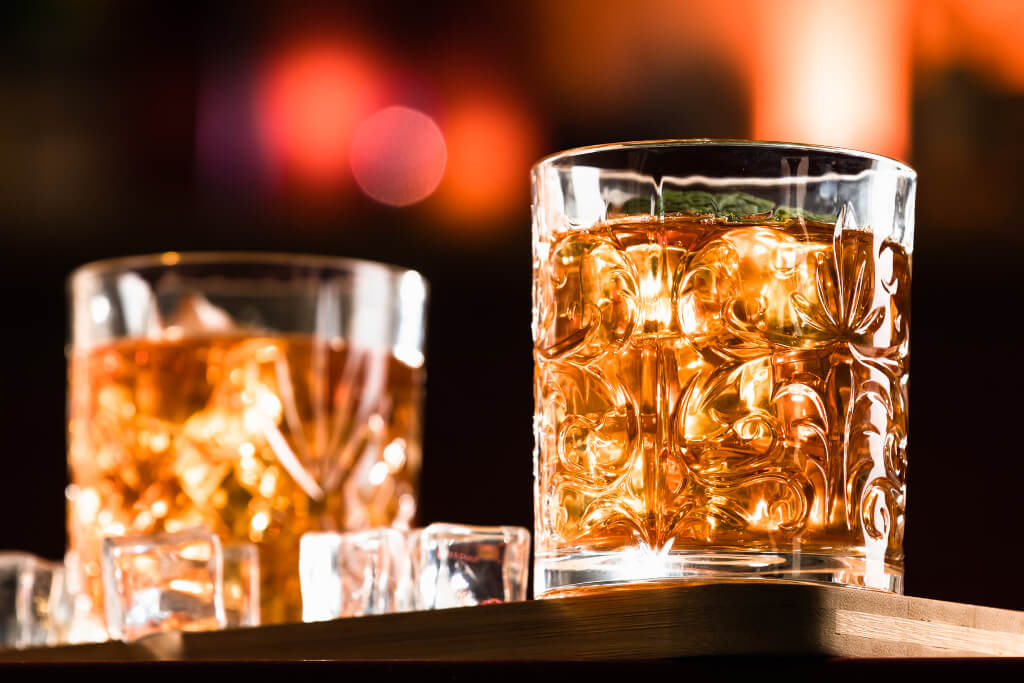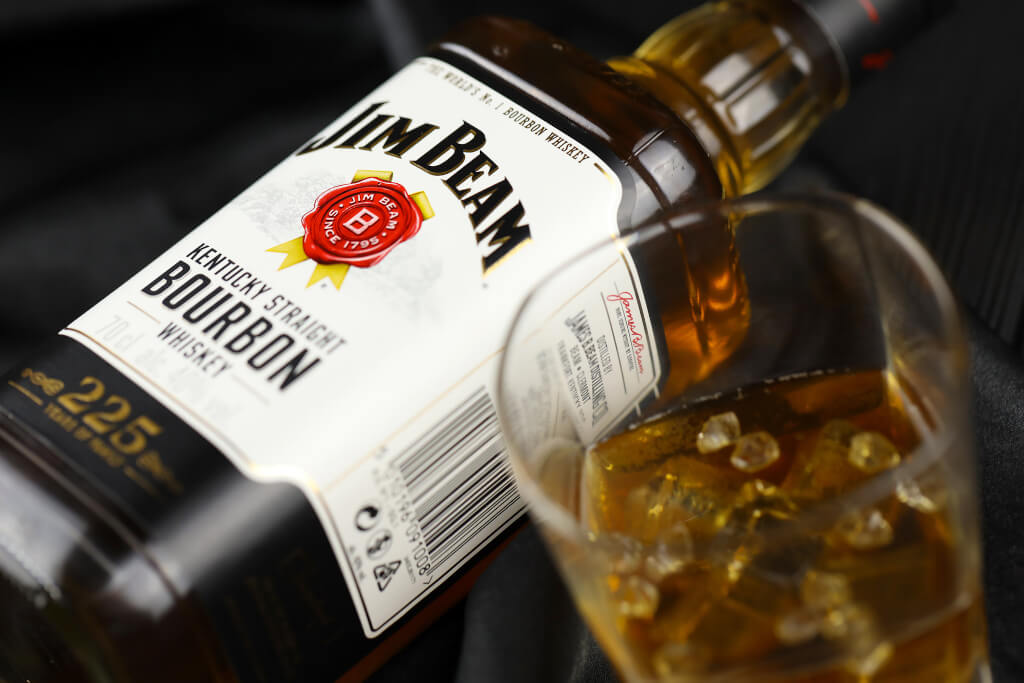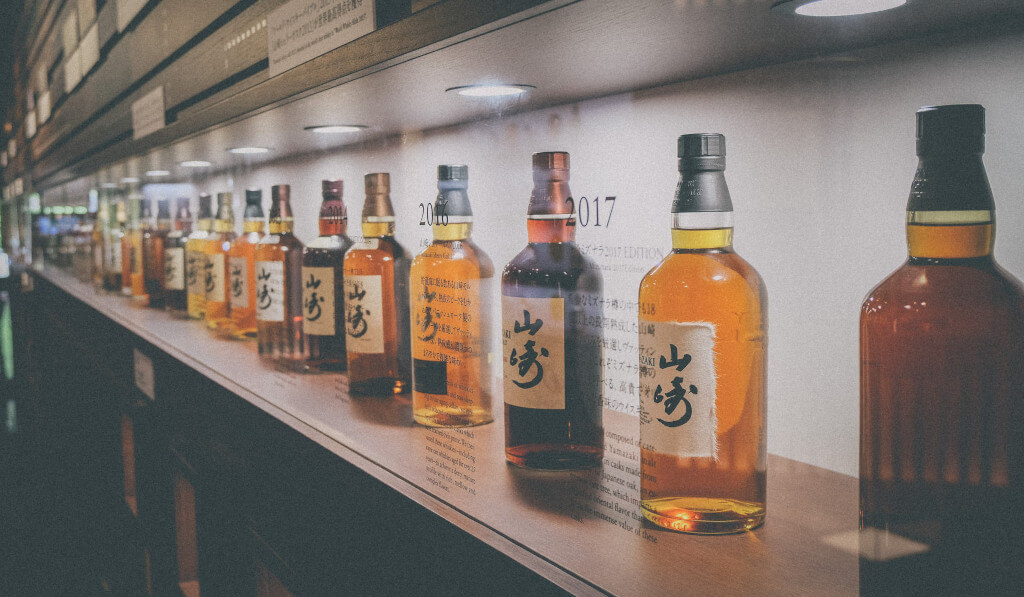The phrases “bourbon” and “whiskey” are frequently used interchangeably when referring to distilled spirits, leading to confusion among connoisseurs and novices alike. It is essential, however, to recognise that bourbon is a distinct category of whiskey with its own rules and characteristics. We can learn what sets bourbon and whiskey apart from one another by investigating their respective cultures. Recognising these distinctions is key to fully appreciating the cultural significance, culinary variety, and long history of these foods.
Defining Terms
Whiskey of the Bourbon Variety
The United States is the primary producer of bourbon whiskey. However, not all whiskies may be considered bourbons, and vice versa. The United States government has certain guidelines that a whiskey must follow to be labelled as bourbon. Specifically, it must include at least 51% maize, be distilled to no more than 160 proof (80% ABV), be matured in new charred oak barrels, and be bottled at no less than 80 proof (40% ABV). These unique flavours and qualities are what set bourbon apart during manufacture.
What Sets Bourbon Apart from Other Whiskies
Bourbon is a category of whiskey, but it’s vital to note that it’s distinct from Scotch and Irish whiskey, two other popular categories. Scotch whiskey is a type of whiskey that is traditionally produced in Scotland and matured for at least three years. However, Irish whiskey is often triple-distilled and is created from both malted and unmalted barley. The traditions and terroir of each location are reflected in the whiskies’ individual production processes and flavour profiles.
What a Whiskey Must Meet to Be Called Bourbon
For a whiskey to be called “bourbon,” it must conform to several regulatory standards. The United States Congress first enacted these rules in 1964, and they have been revised several times since then. The major requirements are that it be distilled at no more than 160 proof, aged in new charred oak barrels, and meet precise specifications for ageing, bottling proof, and labelling; it must also be produced in the United States and contain at least 51% maize. These rules are in place to keep the quality and identity of bourbon whiskey consistent.
Whiskey comes in a wide variety of flavours and styles, and learning what sets bourbon apart from other whiskies is an important step toward appreciating and learning about these variations. We’re only getting started, so stay tuned for more on bourbon and whiskey’s history, distillation techniques, flavour profiles, cultural relevance, and cocktail applications!
Ingredients and Methods of Production
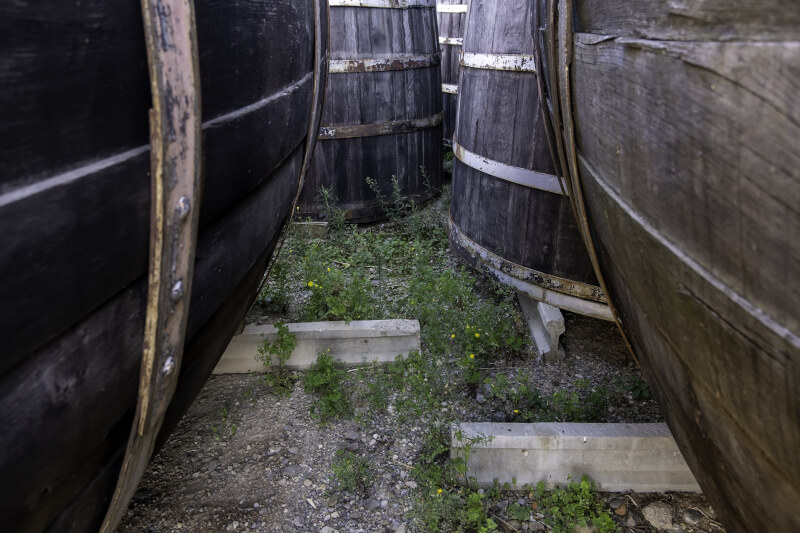
The production method and ingredients used to make bourbon and whiskey significantly contribute to the development of their individual qualities and flavours. The skill and artistry required to produce such great spirits can be appreciated more fully with an understanding of these details.
Bourbon and whiskey Share a Common Method of Production
While there are some parallels in the methods used to make bourbon and whiskey, there are also some important differences. Mashing, fermentation, distillation, ageing, and bottling are the standard processes for making whiskey and bourbon.
Mashing
Mashing is the initial procedure in making beer, and it involves grinding grains and mixing them with water. The starches in the mash are subsequently fermented into sugars by heating the mash.
Fermentation
Yeast is added to the mash during fermentation, and the carbohydrates in the mash are transformed into alcohol. The product of this multi-day process is often referred to as “distiller’s beer.”
Distillation
Distillation involves heating and condensation to separate alcohol from the fermenting liquid. Alcohol is distilled in copper stills, which also remove any unwanted flavours or colours.
Maturation
The distilled spirit then spends time in oak barrels for ageing. As the whiskey or bourbon ages, it interacts with the wood and undergoes chemical changes, resulting in more nuanced flavours and smells.
Bottling
Once the whiskey or bourbon has rested for the allotted amount of time, it is filtered, proofed to the appropriate strength, and bottled for sale.
Variations in the Primary Components Used
The components needed to make bourbon and whiskey are one of the main distinctions between the two. Both spirits are manufactured via fermenting a mixture of grains, but the quantity and types of grains used are often different.
Bourbon
Corn must make up at least 51% of the grain mash while making bourbon. Malted barley and other secondary grains like rye and wheat make up the remainder. Corn is a key ingredient in making bourbon, which gives it its signature sweetness and powerful flavour.
Whiskey
In contrast, whiskey can be distilled from a wide range of grains, including but not limited to barley, corn, rye, and wheat. Whiskies can be broken down into many categories based on the grains used in their production. The flavour and aroma of the finished product take on the characteristics of the grain used.
The distinctive flavour profiles of bourbon and whiskey result from the use of different grains and the quantities of those grains, as well as other elements including water sources and yeast strains.
Taste Traits
Whiskey vs. Bourbon Comparing Flavours
There is a broad variety of styles of bourbon and whiskey, each with its distinctive flavour profile. Enthusiasts can gain a deeper appreciation for the subtleties of these flavours by learning about the variables that contribute to them.
Bourbon
Sweet and rich flavour, often including caramel, vanilla, and wood, are the consequence of bourbon’s primary ingredient, maize. Bourbon’s secondary grains can give it a spicier profile with rye or a softer, more mellow profile with wheat.
Whiskey
Whiskey’s flavour characteristics can change drastically based on the types of grains used and the distillation process. Rye whiskey has a reputation for being strong and assertive, often with hints of pepper and spice. Corn whiskey highlights the natural sweetness of the grain, whole wheat whiskey can have a softer, sweeter flavour. Malt whiskey typically has aromas and tastes of malt, fruit, and nuts.
Origins by Location
Knowing the places where bourbon and whiskey were first produced is crucial to learning about their individual histories. Although several countries produce whiskey, bourbon’s origins can be traced back to the United States. Moreover, several areas in the United States have become virtually synonymous with the manufacture of bourbon and whiskey.
Analysing the Locational Links Between Bourbon and Whiskey
The United States, and more specifically the state of Kentucky, are frequently mentioned while discussing bourbon. The word “bourbon” originates from Bourbon County in the state of Kentucky. Bourbon can indeed be made anywhere in the United States, but the state of Kentucky takes credit for the spirit’s creation more often than not.
Whiskey is produced all over the world, although the United States, Canada, Ireland, and Scotland are particularly well-known for their whiskey. The traditions and laws of each area have a distinct impact on the flavour and aroma of the whiskey made there.
Why Kentucky Is Crucial to the Bourbon Industry
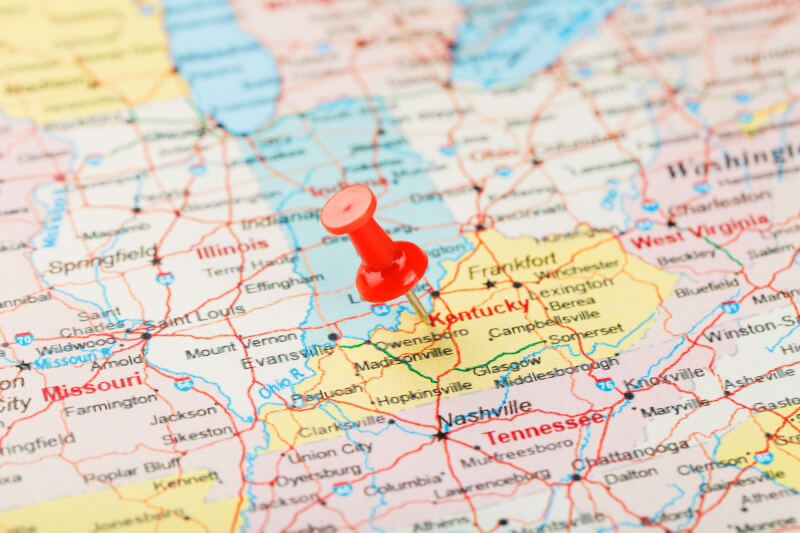
The state of Kentucky has a long and storied history of producing bourbon due in large part to the state’s favourable climate and other environmental variables. The temperature, limestone-rich water, and lush land in this state are perfect for cultivating the corn and rye that go into making bourbon. In addition, the state of Kentucky has a rich history of distillation that includes early innovators like Evan Williams and Elijah Craig.
Kentucky’s continued use of time-honored methods in making bourbon only serves to highlight the state’s historic role in the industry. During the fermentation process, wild yeasts and odours can affect the whiskey at several Kentucky distilleries because of the usage of open-top fermentation vats. Kentucky’s dedication to maintaining the tradition of making bourbon by hand has helped solidify the state’s reputation as the spirit’s spiritual home.
Traditions and Cultural Importance
The Historical Role of Bourbon and Whiskey in American Culture
Beyond their functional purpose as beverages, bourbon, and whiskey have played significant roles in developing cultural traditions and social practices. A better appreciation for these libations’ ongoing popularity can be gained by learning about the history and customs surrounding them.
Perspectives on the Past and the Present
whiskey and bourbon are both deeply embedded in cultural traditions and historical occurrences. These alcoholic beverages have a long history of relevance in the cultural fabric of many places, as evidenced by the role they played in the whiskey rebellions of early American history and the Prohibition era.
Rituals and Festivities
Bourbon and whiskey are often used in toasts and other ceremonial contexts. These liquors have become beloved companions, representing merriment, friendship, and even introspection, whether shared in celebration, conversation, or rest.
Drinking Culture
Bourbon and whiskey have become cultural icons thanks to the proliferation of cocktail culture. Old Fashioneds, Manhattans, and Whiskey Sours are just a few of the classic cocktails that have come to represent class and skill for generations. There is a long and storied history behind these drinks, and their devotees can be found all across the globe.
Understanding the impact that bourbon and whiskey have had on art, literature, music, and the collective memory of cultures requires delving into the rich history and customs surrounding these spirits. These ghosts have left a permanent impression on our society, linking us to the past even as they continue to have contemporary significance.
Whiskey and bourbon have a rich history and cultural importance that can be uncovered by learning more about their origins and production. Differences between bourbon and other whiskey like Scotch and Irish whiskey have been discussed at length. We’ve talked about the methods and major ingredients that go into making bourbon and whiskey, illuminating the skill and artistry that goes into the process. We have also investigated the various whiskey and bourbon flavour profiles, identifying the characteristics that give each spirit its distinctive flavour.
Additionally, we have investigated the historical and cultural connections between bourbon and whiskey, focusing in particular on the role of Kentucky in bourbon production. We have looked at the historical and celebratory significance of these liquors, as well as the cocktail culture that has developed around them. We concluded by highlighting some well-known brands of bourbon and whiskey, each with its own set of distinguishing qualities and tasting profiles.
Before we wrap up, let’s review the basic distinctions between bourbon and whiskey. To be legally labelled as bourbon, the whiskey must be produced in the United States and aged in new charred oak barrels, among other conditions. By recognising these distinctions, we can better appreciate the many ways in which bourbon and whiskey are exceptional in their own right.
The world of distilled spirits is rich with variety, whether your preference lies with the sweet and powerful flavours of bourbon or the wide array of styles and tastes available in whiskey. They can be enjoyed in a wide variety of ways, from being sipped plain or on the rocks to being incorporated into time-honoured cocktails.


